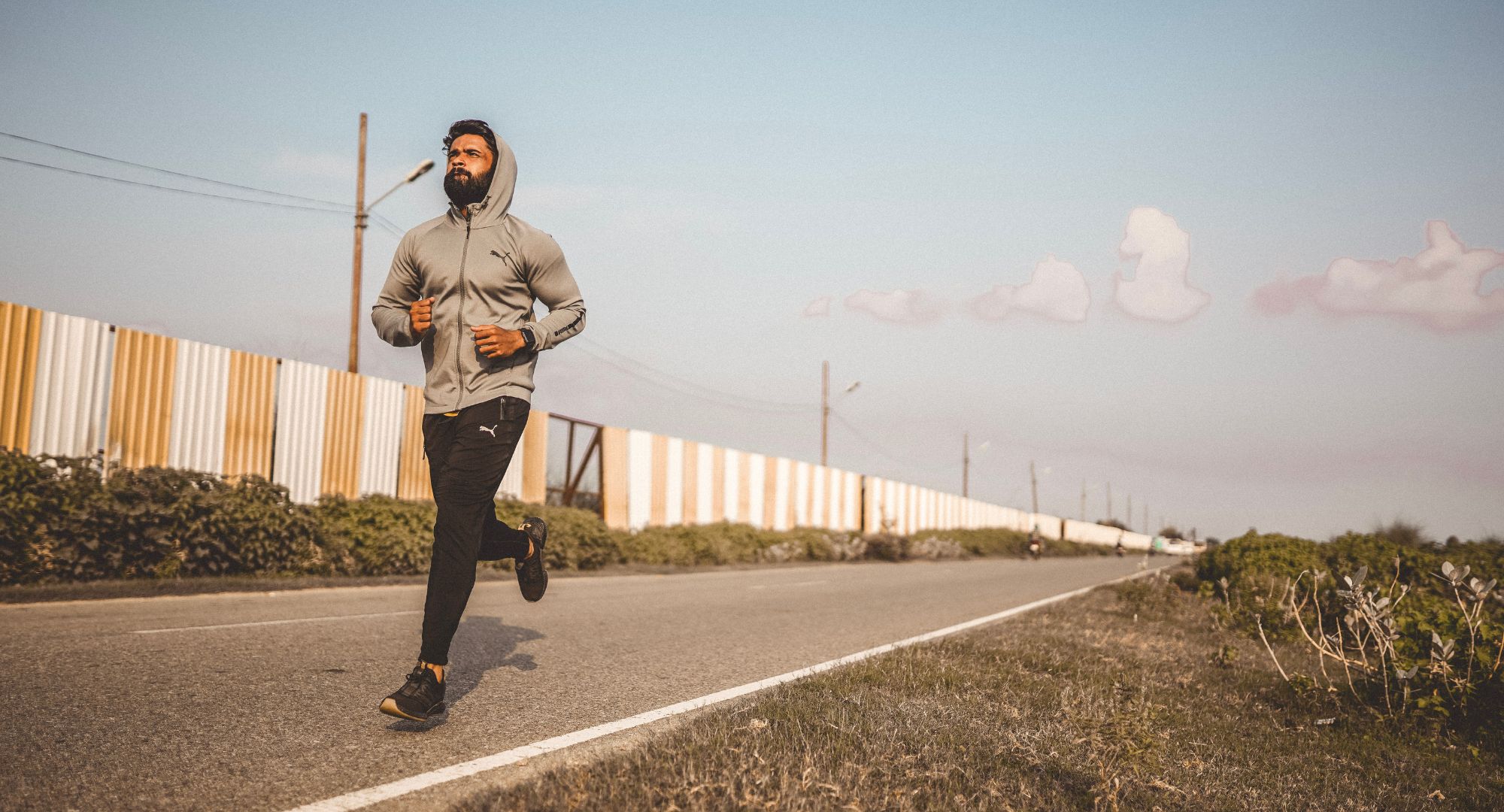Sometimes bad habits are hard to break, but certain ones can have really detrimental effects on your health. Sedentary behavior is one of them. Research shows that adults in the United States reported an average of 9.5 hours of sedentary time every day, which is a lot of time spent not moving your body. Getting enough physical activity is beneficial for your health. On the other hand, sedentary behavior has the opposite effect. Despite our fast-paced modern world, too many people are moving slowly or barely at all for hours on end. Sedentary behavior generally means little energy expenditure and little to no physical movement while sitting, reclining, or lying. Researchers delve into how this impacts our heart health.
The impact of the sedentary lifestyle on heart health
Recent studies are mounting, showing that a sedentary lifestyle increases the prevalence of multiple chronic diseases, including obesity, type 2 diabetes, and cardiovascular disease.
In this example from The European Heart Journal, researchers looked at data from six studies and over 15,000 people in five different countries. They took heart health metrics and asked the study participants to wear activity monitors to gather data on their physical activity. The researchers sought to understand how physical activity versus sedentary behavior affected cardiovascular disease and cardiometabolic health.
Sleeping beats being sedentary

The study unveiled that moderate-to-vigorous activity benefited heart health, and even sleeping beats sedentary behavior when it comes to heart health. Sleeping is a necessary stage of rest and recovery that provides plenty of health advantages. When you’re awake, movement helps get your muscles active, your lymphatic system working, nutrients flowing to your joints, and blood flowing through your circulatory system. Not to mention those feel-good endorphins. In conclusion, the researchers noted that even five minutes of physical activity a day is good for your heart. Study participants who were the least active were predicted to gain the most advantages from switching sedentary time to active time.
Set five minutes aside and raise your heart rate

The takeaway from this mounting research is that exercise really is good for your heart. You might have to be sedentary when you travel or work sitting at a desk. The good news is that even just five minutes of movement can make a difference, so try to find at least a five-minute block in your schedule.
If you’re sinking into the couch for hours, try to get up and jog around for five minutes. This study shows what many others have also shown: that replacing even just five minutes of sitting with moderate activity can improve your waist size, cholesterol, body mass index, heart health, and more. The study authors reported the most beneficial change when participants replaced sitting with moderate to vigorous activity, such as running, brisk walking, or stair climbing. The activities that raised the heart rate had the most positive results.




